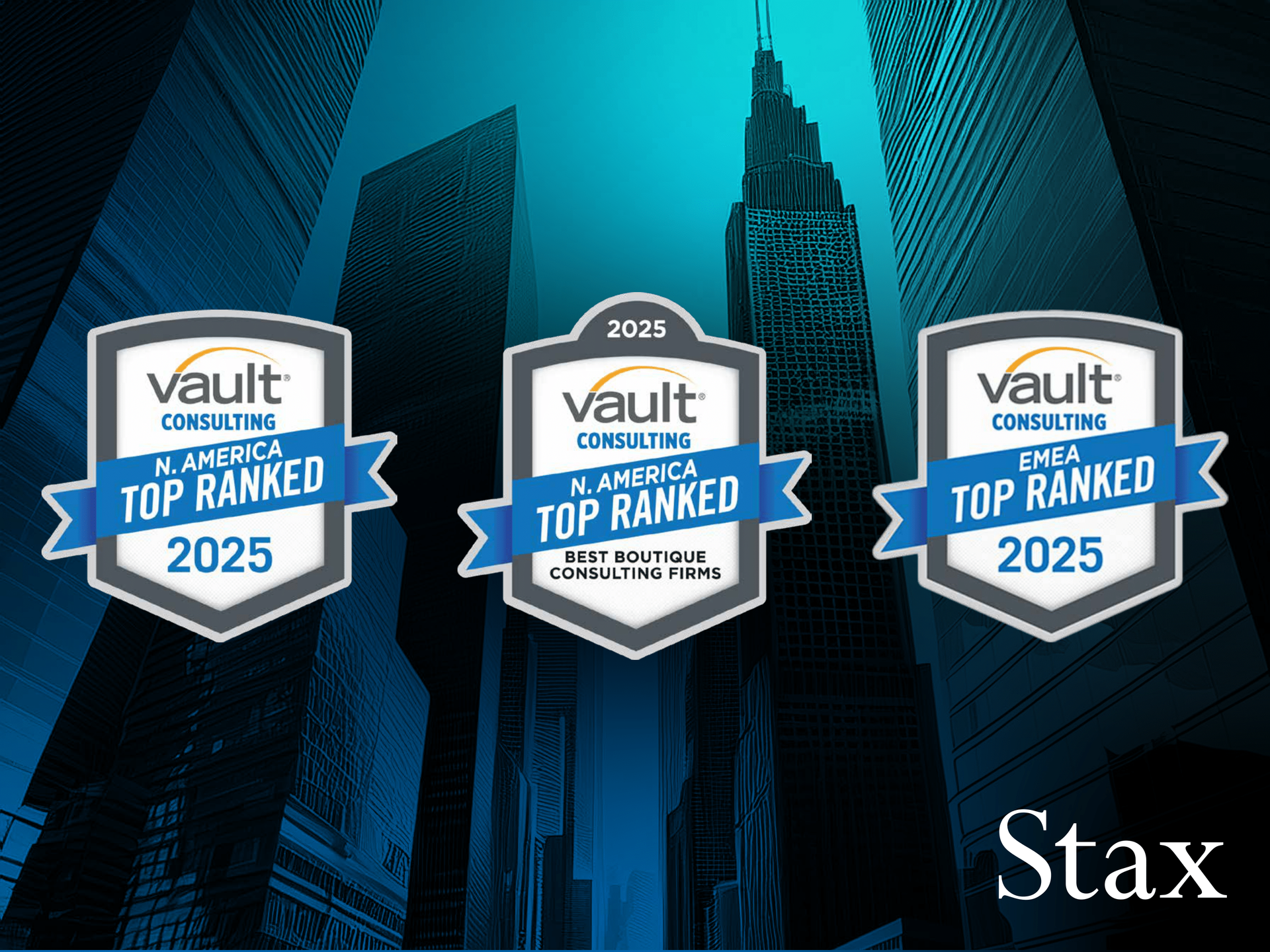Insights and Opportunities to Make Better Social Impact
Insights and Opportunities to Make Better Social Impact
Evaluating Nonprofit Overhead, Getting into the Data tells a Better Story
For anyone involved in, or supporting nonprofits, here are a few of my takeaways and action steps after reading some of the great research and articles by friends at Bridgespan, developed in partnership with five leading foundations. In “Ending the Nonprofit Starvation Cycle,” the authors provide a range of excellent analyses that one could consider as an activity-based costing approach for nonprofits. They dive into the true costs of running a nonprofit compared to the expectations of funders.
The results highlight critical insights and opportunities for people who want to deliver social impact:
• The true cost of overhead, operations, and restricted grants are far higher than traditional nonprofit counting captures, much the same way you find in for-profit companies where many an effort costs more than expected when you dive into the data.
• Many nonprofits try to manage expense allocations to meet a cost-effectiveness expectation that is a misrepresentation based on a few outliers and a lot of data and reporting that does not capture the true overhead of most nonprofits' operations.
• Those with well-heeled and connected boards have more access to funding and the free labor of connected fundraisers (their board), than lesser-heeled boards. Great, grassroots organizations without a well-connected board may have a disadvantage on raising funds and therefore will need higher development budgets and mechanisms to raise funds; resulting in the need to be more creative about getting resources or establishing more moderate goals. This is not a critique of either type of organization or their funders, I have experienced all these scenarios in my personal efforts. The same thing happens in business.
Action Steps
• If you are a nonprofit leader, volunteer, or on a board, work to help the organization understands its true costs, so that you can ask funders to support the true cost of operations. Ensure that funders who want to fund special programs are also asked to support the organization’s overhead.
• If you or your nonprofit does not know the answer to its true costs, it is a great opportunity to lend a hand or recruit an analytically-driven volunteer or resource to help. Nonprofits have a great opportunity to get more resources by the way of interested talent, not just money. It is also the opportunity to consider whether adding resources for analysis could be valuable for the long haul.
• If you are looking for nonprofits that may be lesser-known, without a well-heeled board, good for you and but make sure to manage your expectations as to what they will need in funds and your support. It could be that their programs are dollar-for-dollar far more productive than better-known organizations, but their fundraising expense may need to be higher.
• When thinking about the end goals and resource needs, it is good to occasionally re-think your needs, costs, and benefits to those the nonprofit serves. Maybe the organization can get more creative about getting resources, cash, or otherwise, or fee-for-service models enabling the organization to scale while still providing social impact.
Just like for-profit businesses where there is constant work to be done to improve operations and effectively raise and deploy capital, the nonprofit world has the same need. In summary: Bring your skills, brains, compassion, bandwidth – and your funding if you can, or any combination. They’ll all contribute to covering the overhead.
Rafi Musher is Founder and CEO of Stax
Read More
All Rights Reserved | Stax LLC | Powered by Flypaper | Privacy Policy






